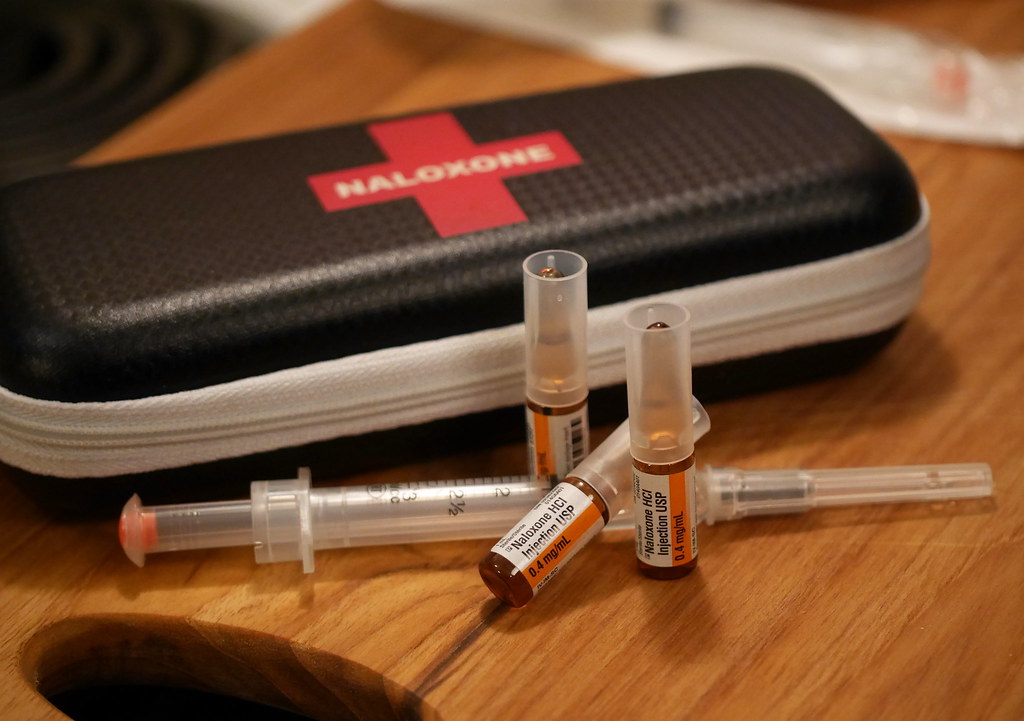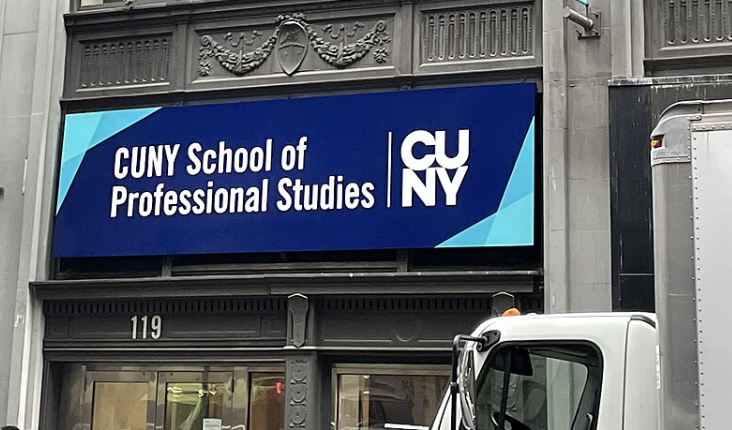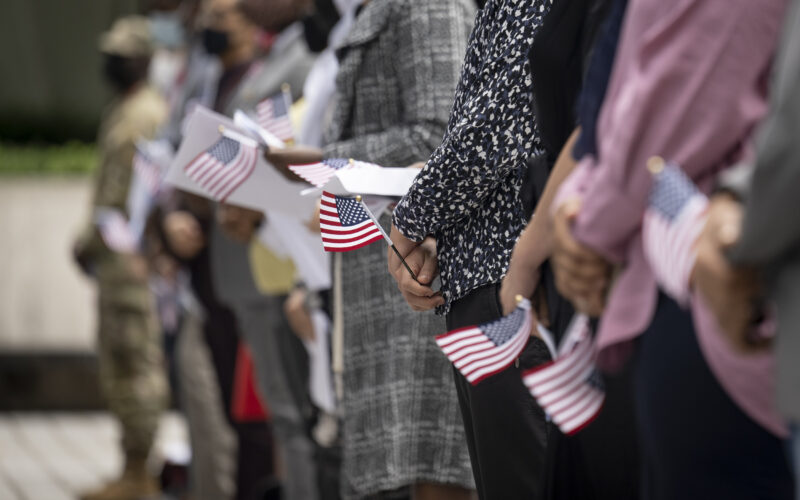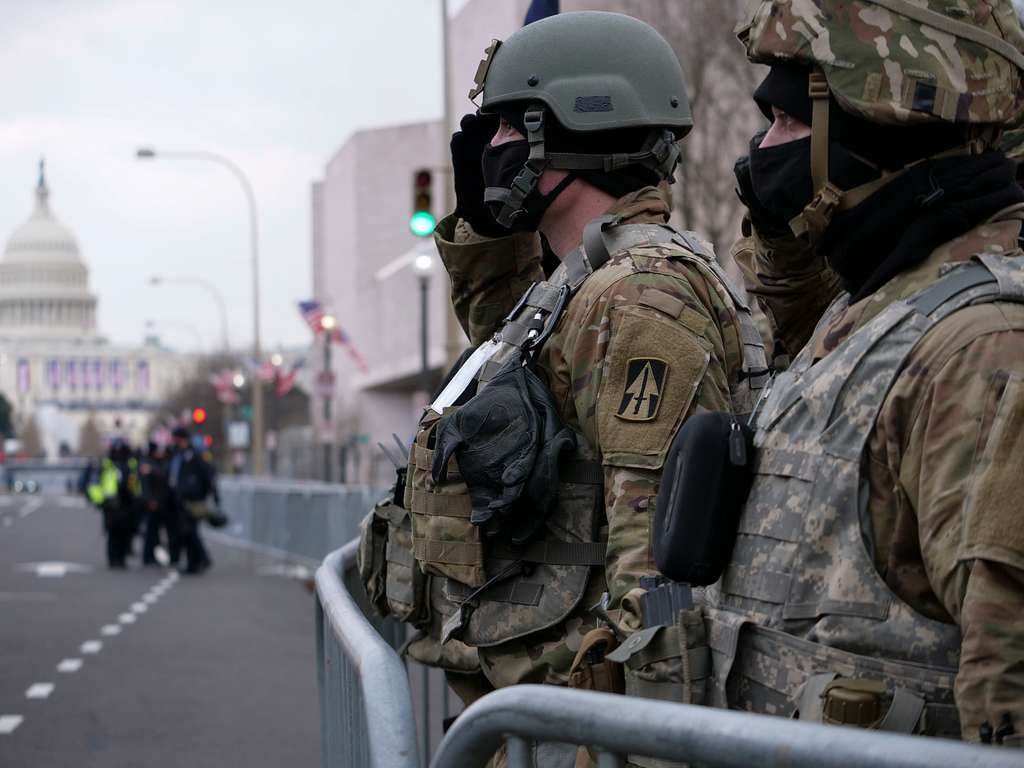The Trump administration has proposed cutting a $56 million annual grant program that distributes naloxone, a drug that has proven itself to be one of the most effective means of defense against the ongoing opioid epidemic. This is a rash, unwise decision that will result in the endangerment of thousands of Americans.
Naloxone, better known by the brand name Narcan, was invented in 1961 by Jack Fishman and Mozes Lewenstein, according to Remedy Alliance For The People.
How the drug works is relatively simple; “naloxone is an opioid antagonist: It attaches to opioid receptors in the brain and reverses and blocks the effects of opioids,” according to Johns Hopkins.
For a long time, the drug was only used in emergency rooms to reverse overdoses and manage opioid involved anesthesia, but in 1996, programs headed by organizations like The Chicago Recovery Alliance started distributing the drugs to citizens to help people who were overdosing in a non-hospital setting. These programs were widely successful and helped many communities begin to address their opioid epidemics.
On March 29, 2023, the Food and Drug Administration approved the first over-the-counter naloxone nasal spray, making it more accessible. It was also much easier to administer; instead of injection, spraying the drug into the patient’s nose would work with immediate effects and ultimately save their life.
According to the Centers for Disease Control and Prevention, there has been a roughly 24% drop in overdose deaths from September 2023 through September 2024. “Multiple factors contribute to the drop in overdose deaths, including widespread, data-driven distribution of naloxone.” This decline in deaths has marked a turning point in the epidemic, proving that these programs should continue to exist.
The United States saw a drop in overdose deaths, but “five states—Alaska, Montana, Nevada, South Dakota, and Utah—still saw increases in overdose deaths,” illustrating the continued need for investment.
Drug overdose is still the leading cause of death in Americans between the ages of 18 and 44. Around 76% of those overdoses involve opioids, so it does not make sense to diminish the programs that are saving the lives of young Americans.
Defunding these programs will kill people. Addiction is an illness, and without proper access to these medications, overdose deaths will skyrocket.
Amanda Lynn Reese, chief program officer for the nonprofit Harm Reduction Ohio, said, “Naloxone is a silver bullet for opioid overdose, coming for naloxone and other overdose prevention when we’re still losing 100,000-plus people a year is wild.”
The 10 states with the most overdoses are West Virginia, Tennessee, Delaware, Louisiana, Maine, Kentucky, New Mexico, Vermont, Ohio and South Carolina. Among those 10 states, six of them voted for President Donald Trump.
If the president defunds these programs, he will be killing the exact people who voted for him and trusted him to do good when he declared the opioid epidemic a public health emergency during his first administration in 2017.
This would not only betray the president’s voter base but would result in the unnecessary deaths of thousands of Americans.








